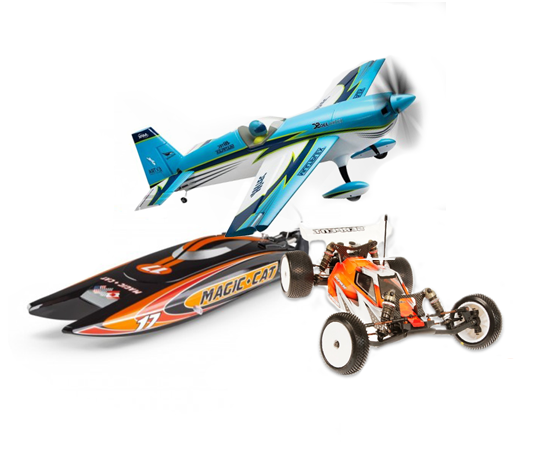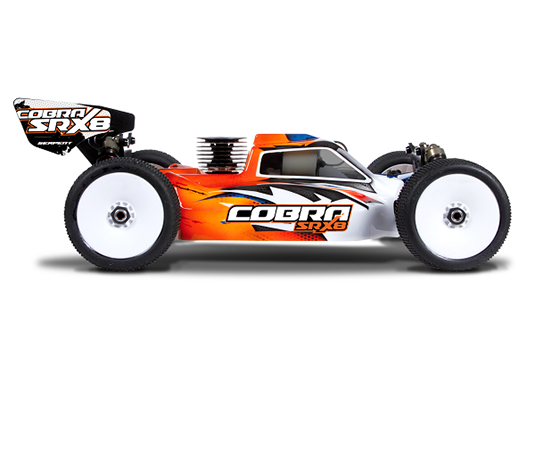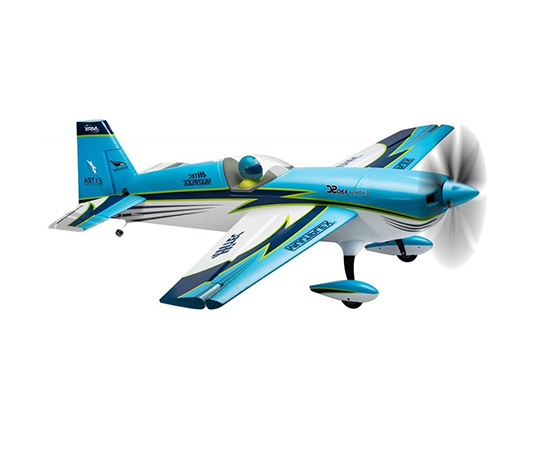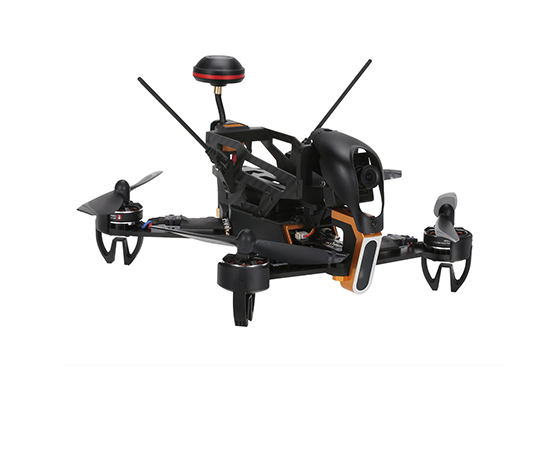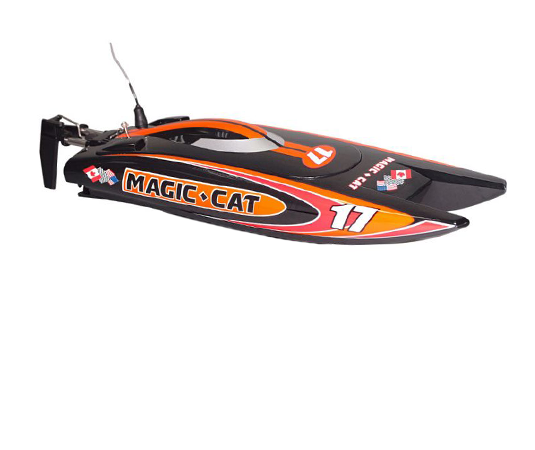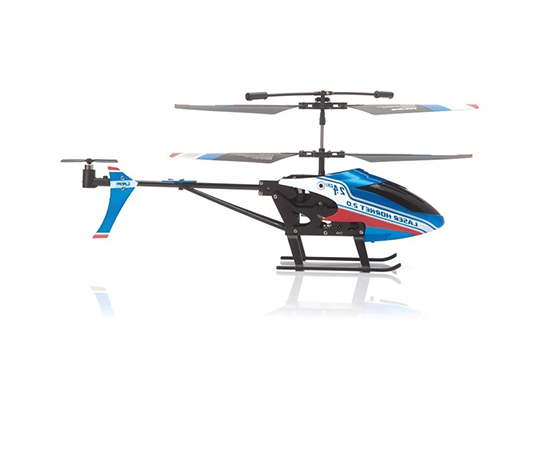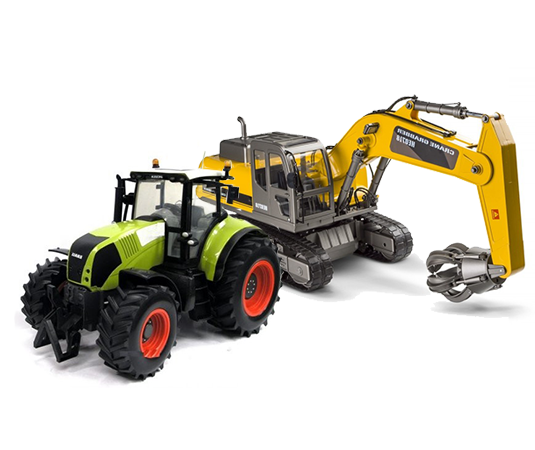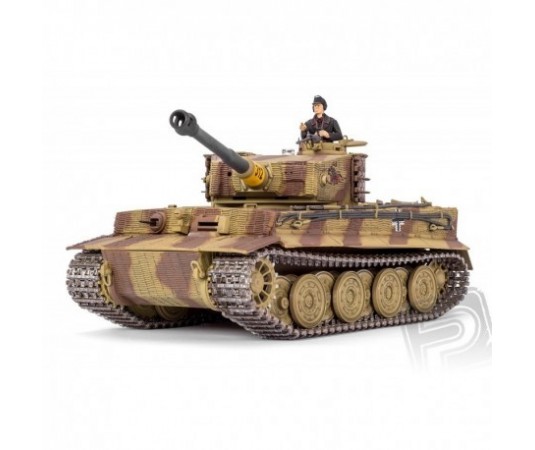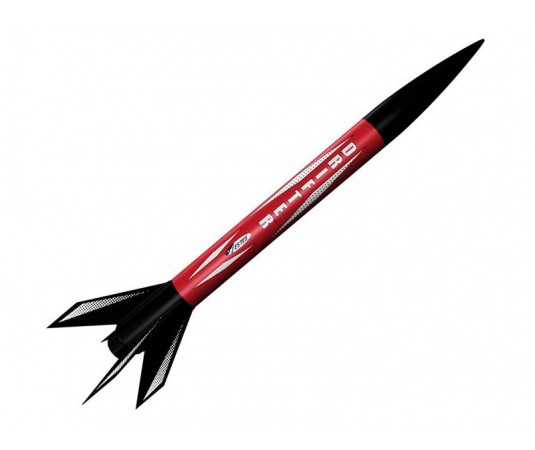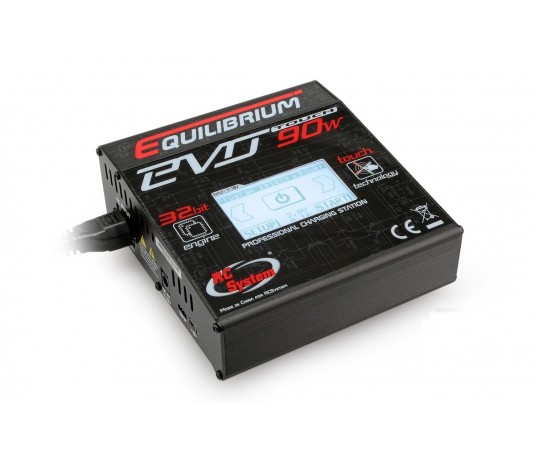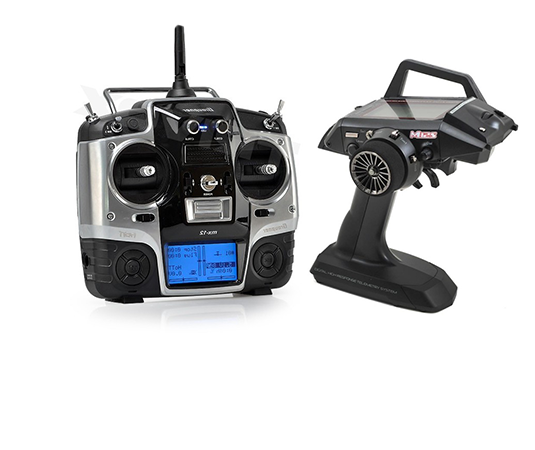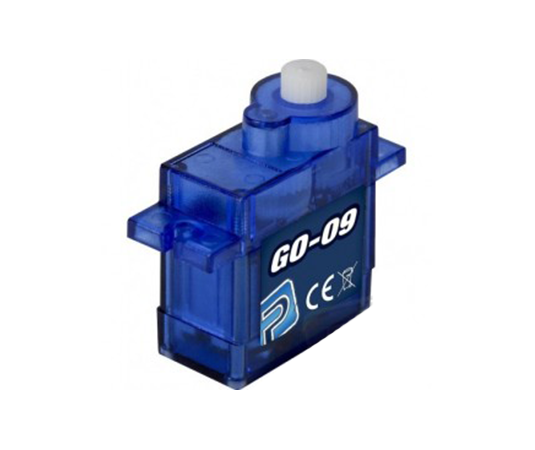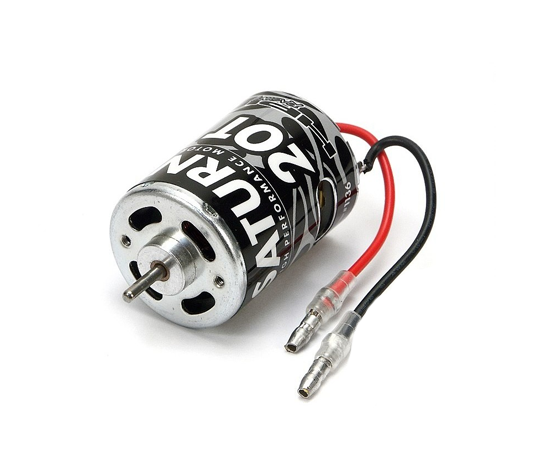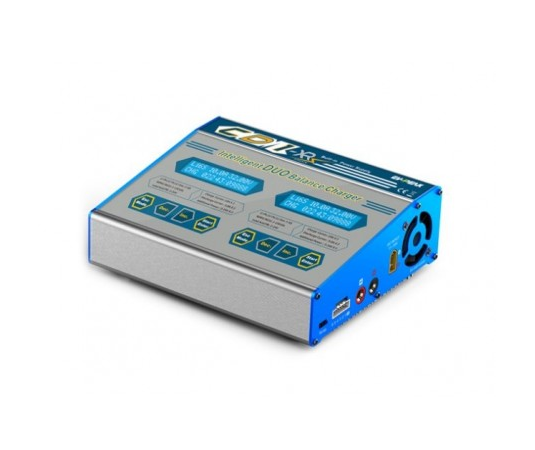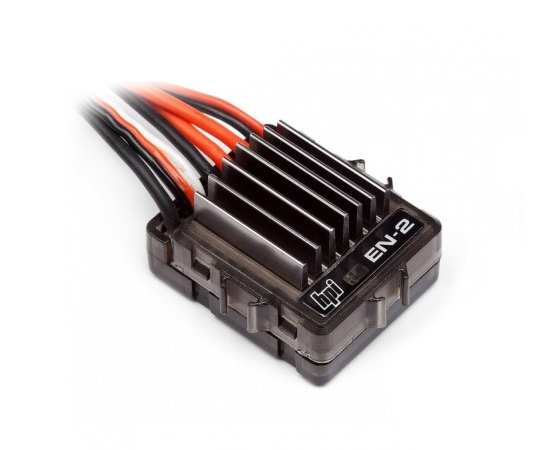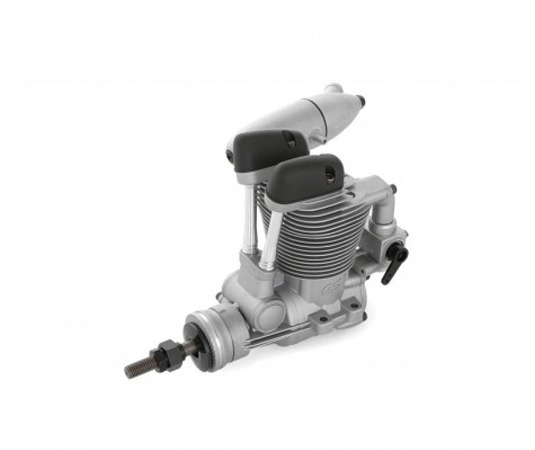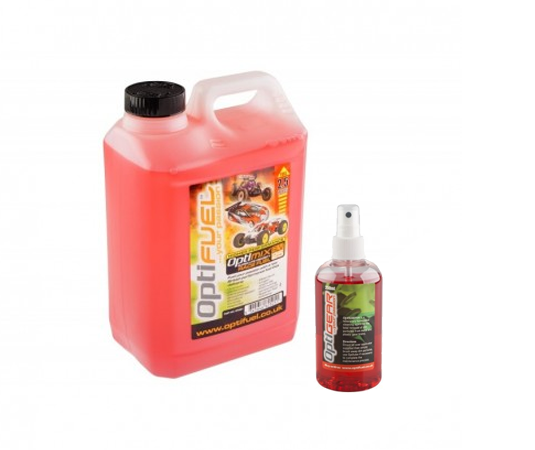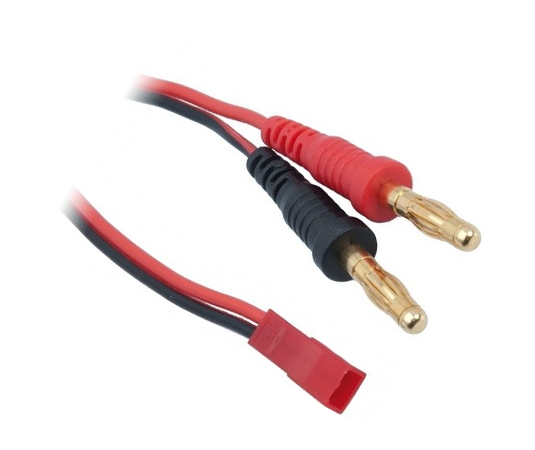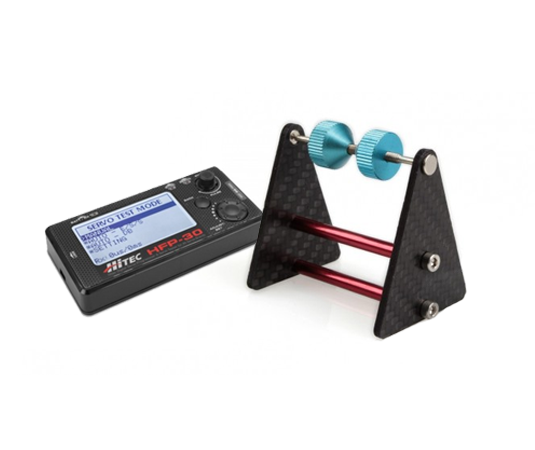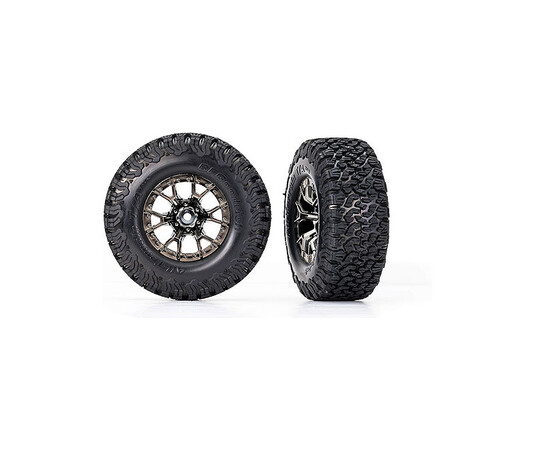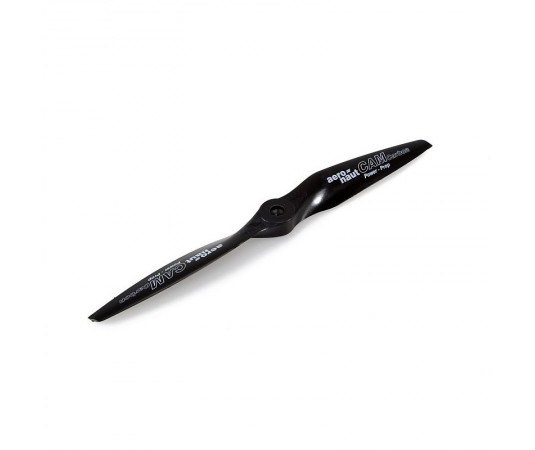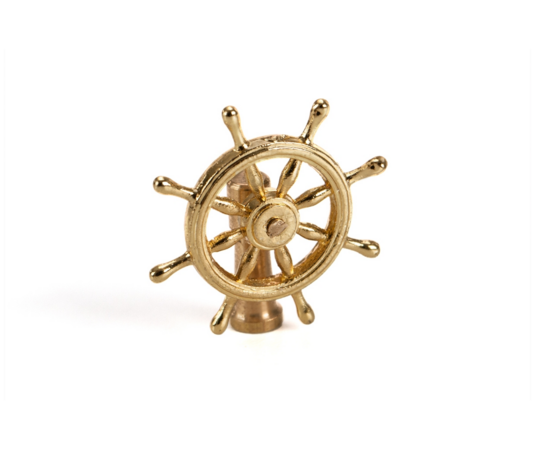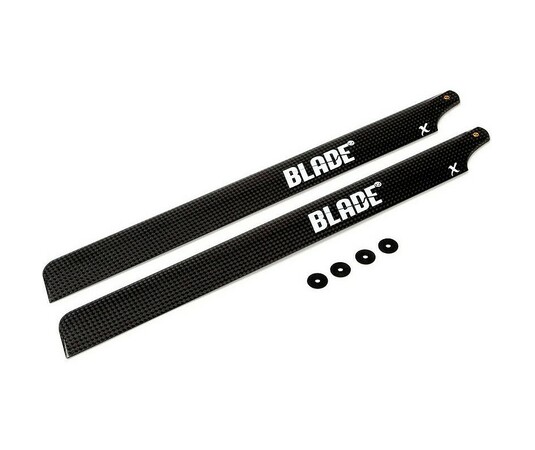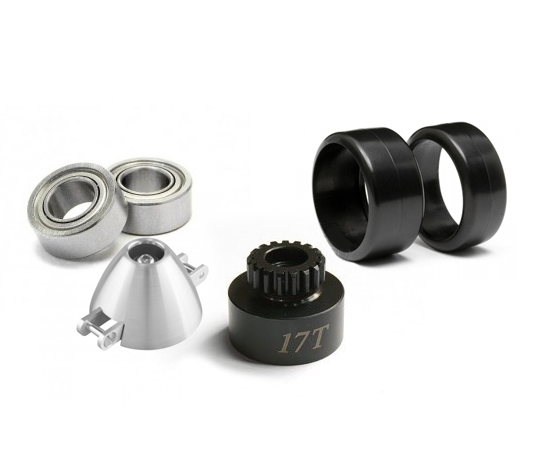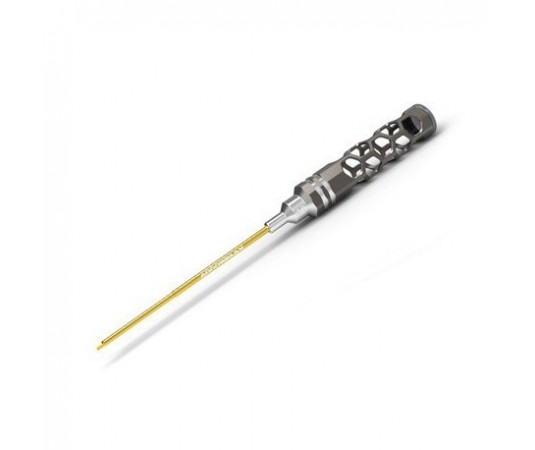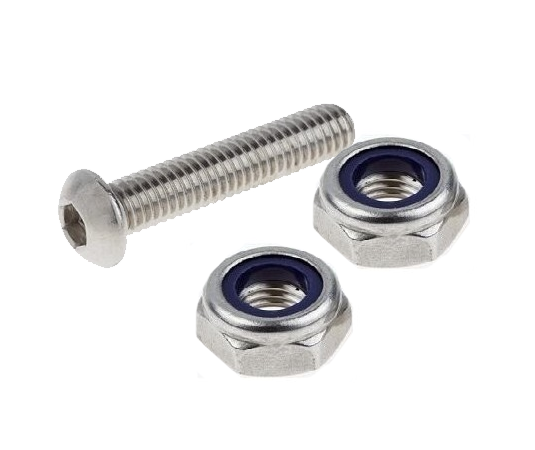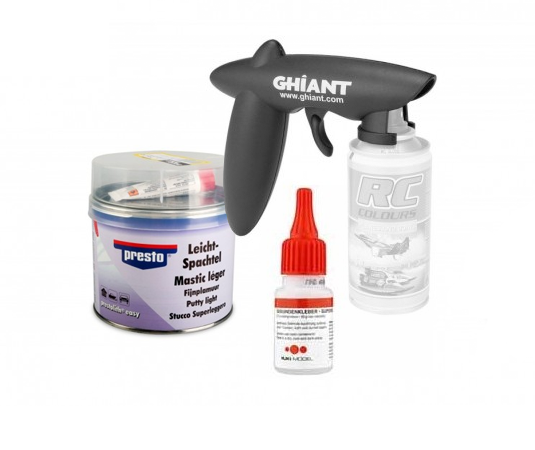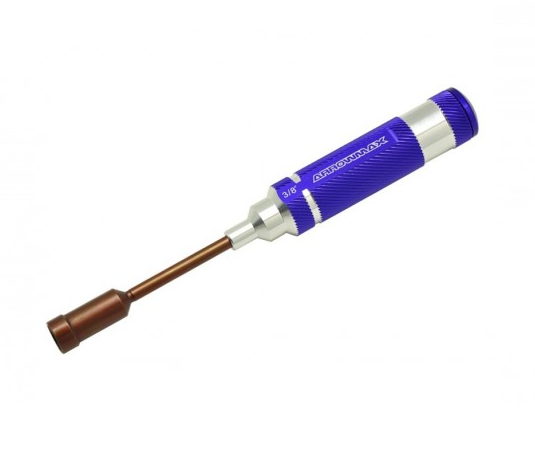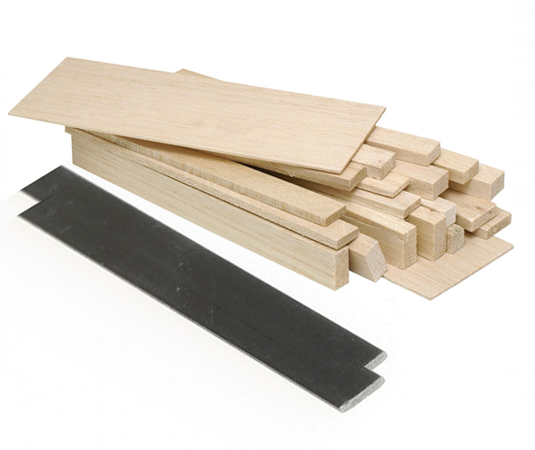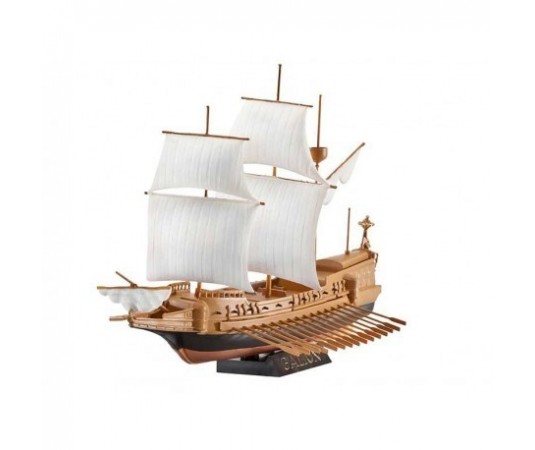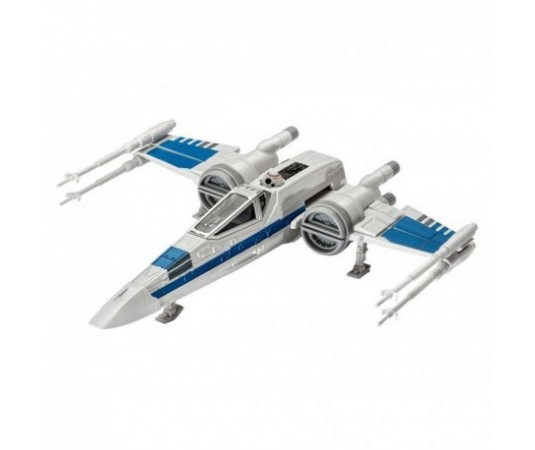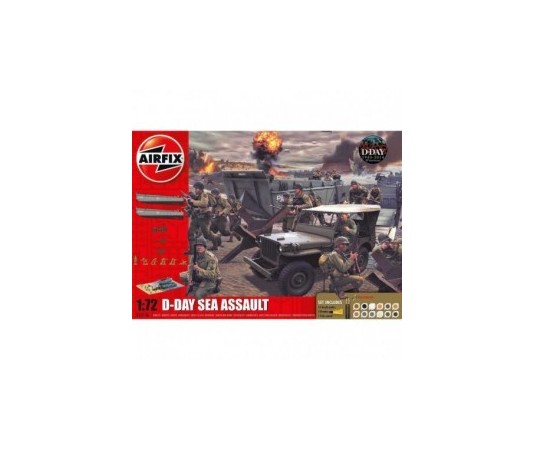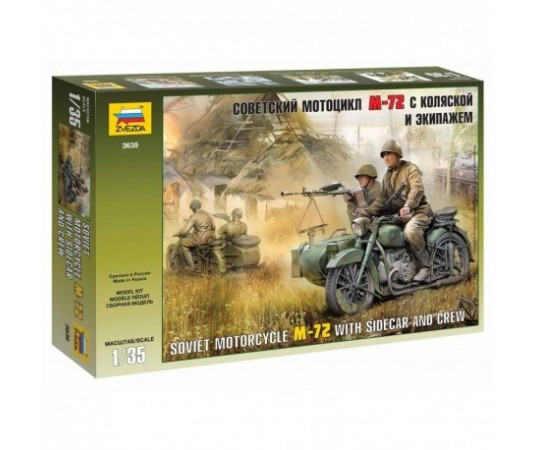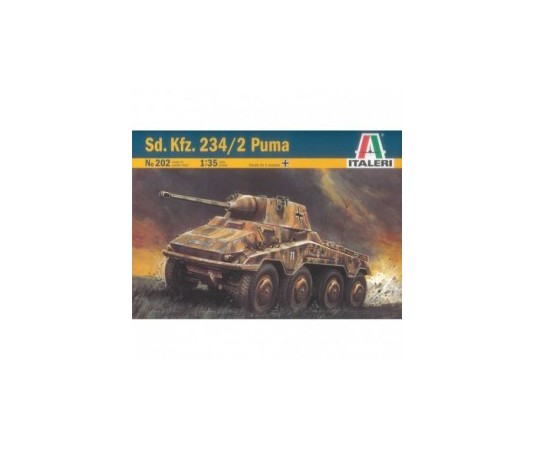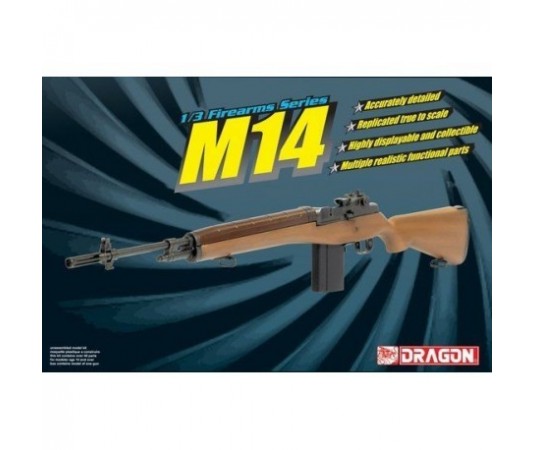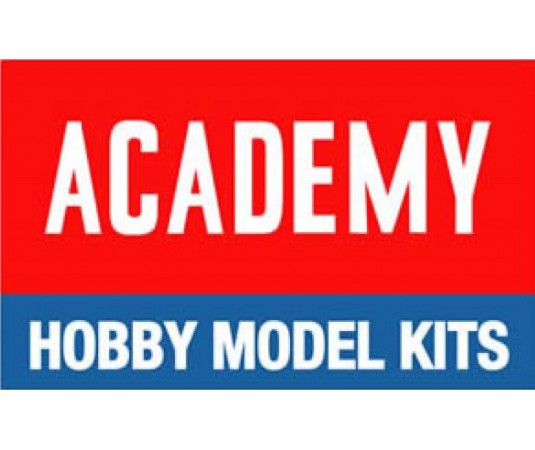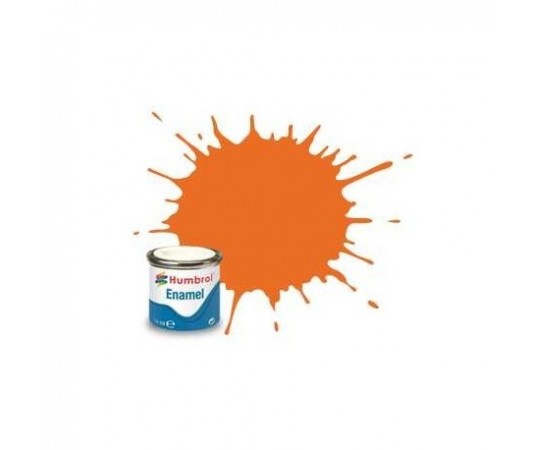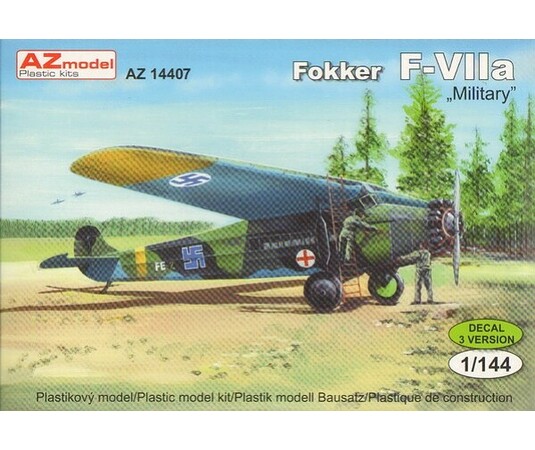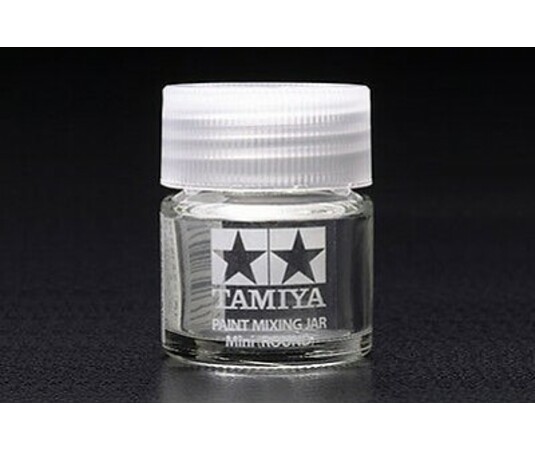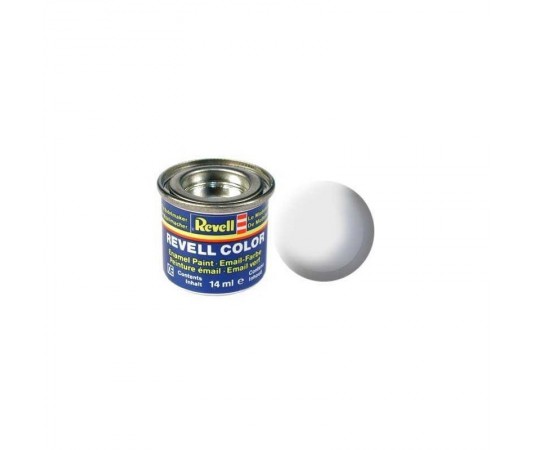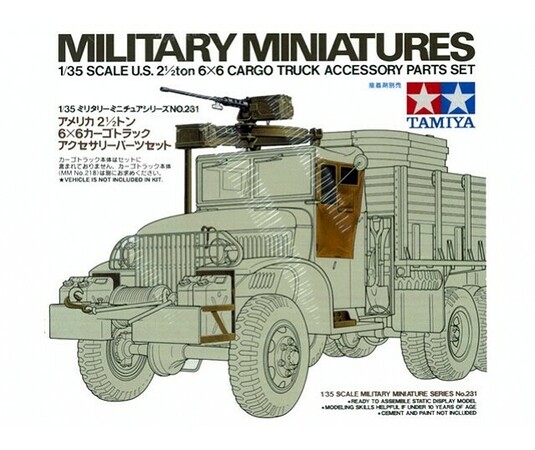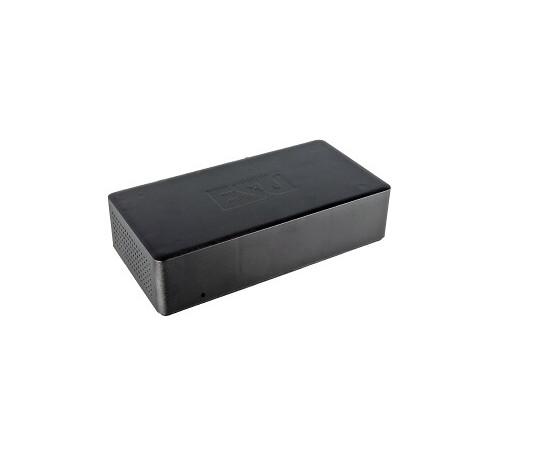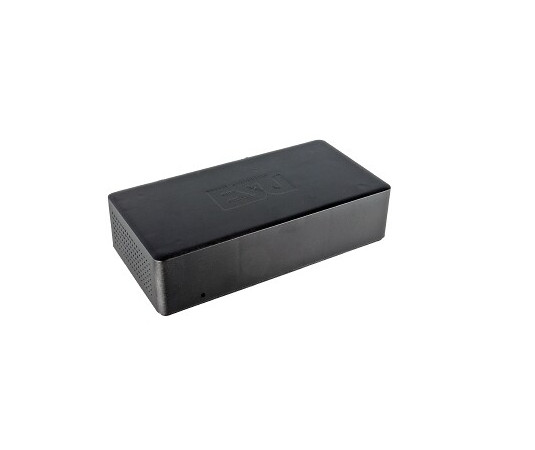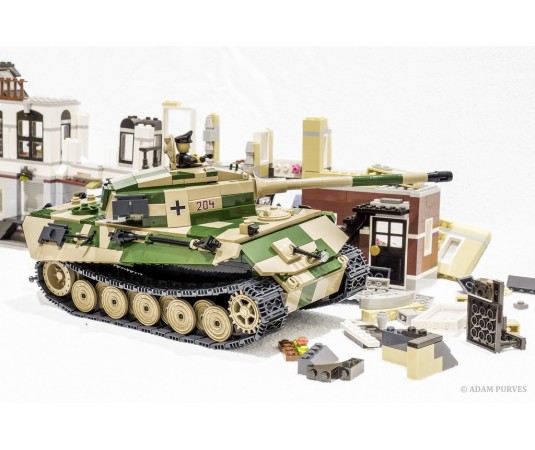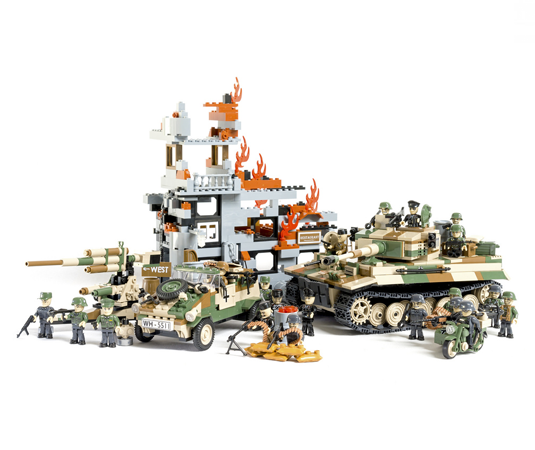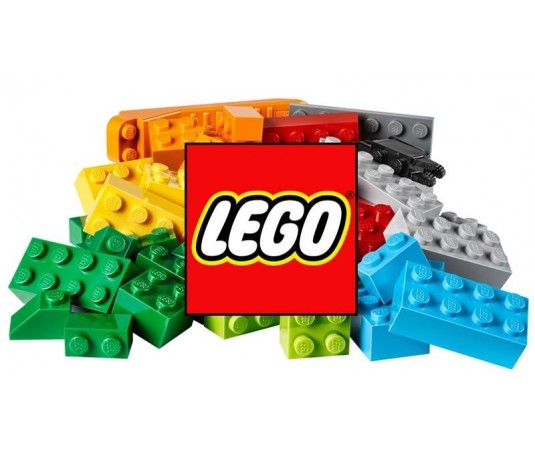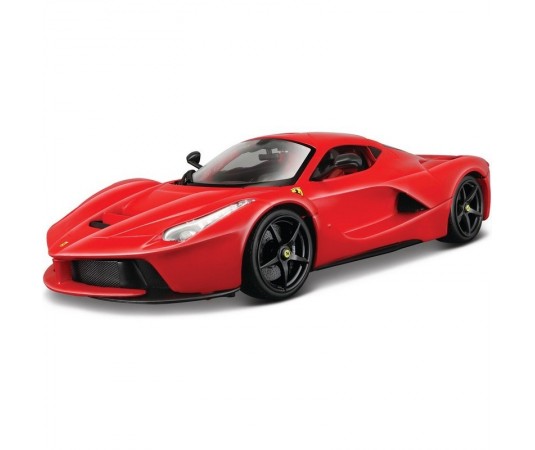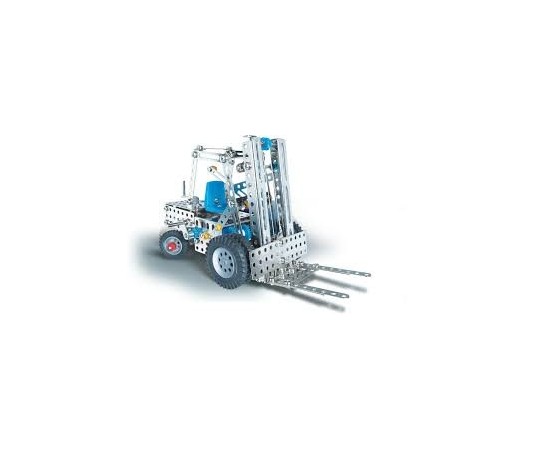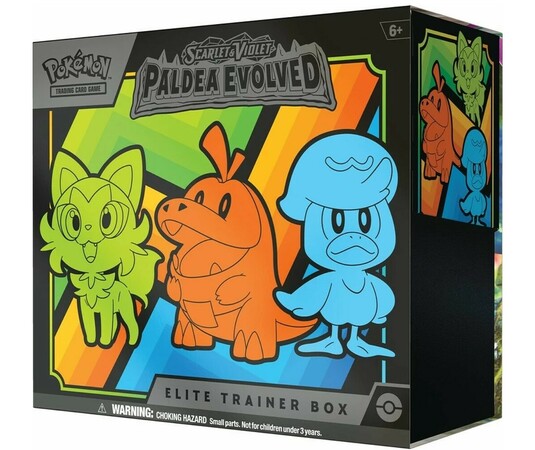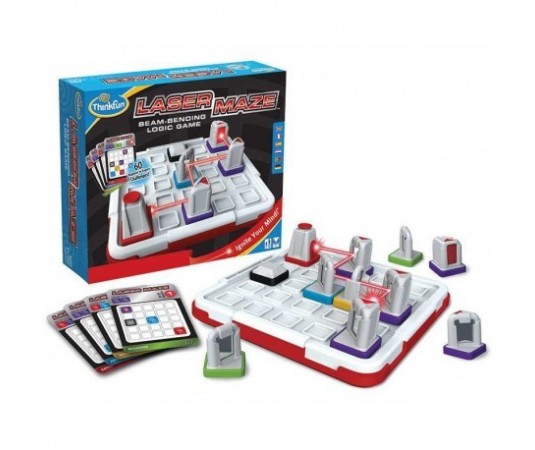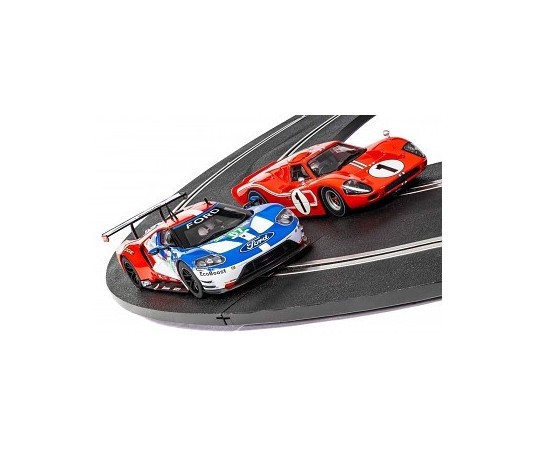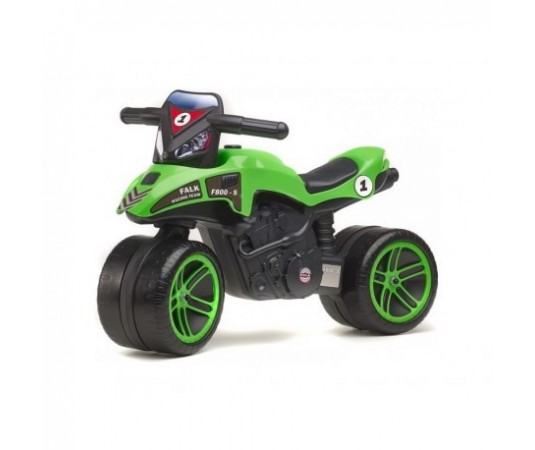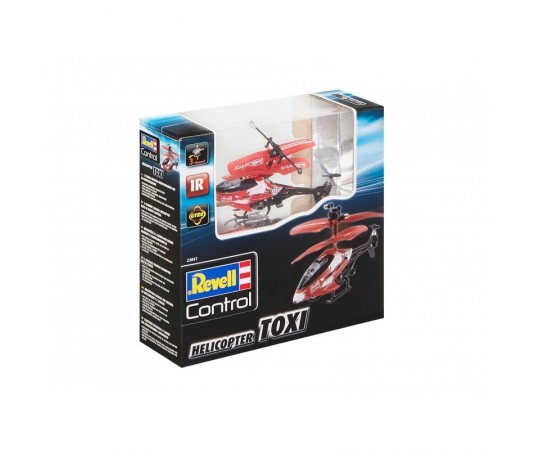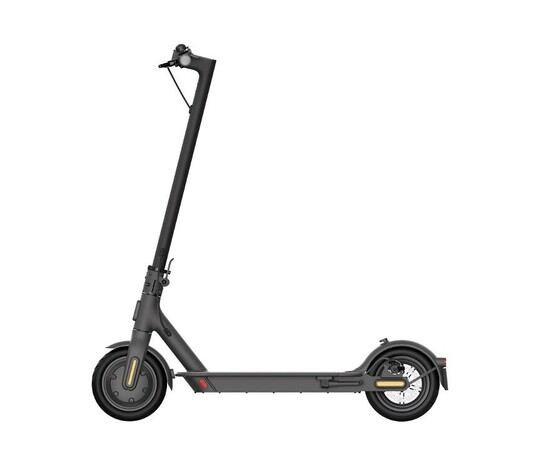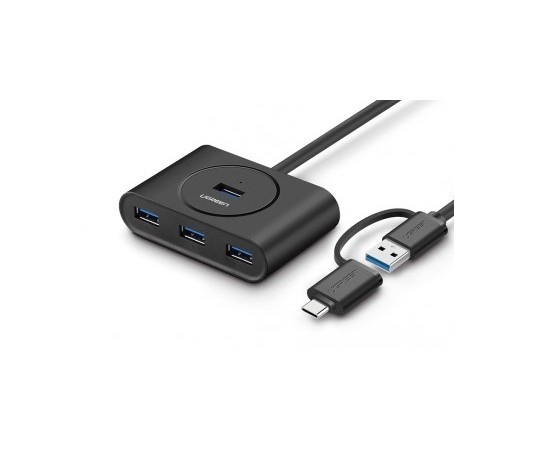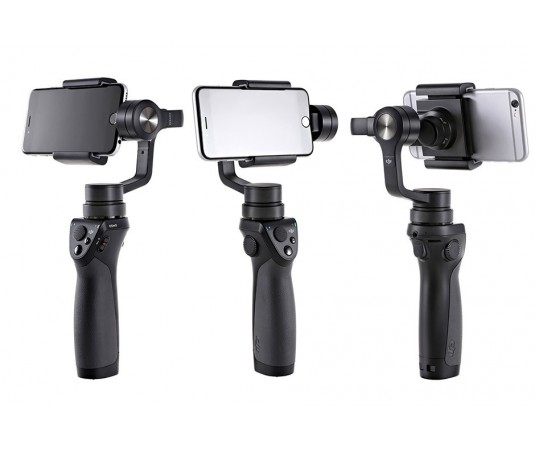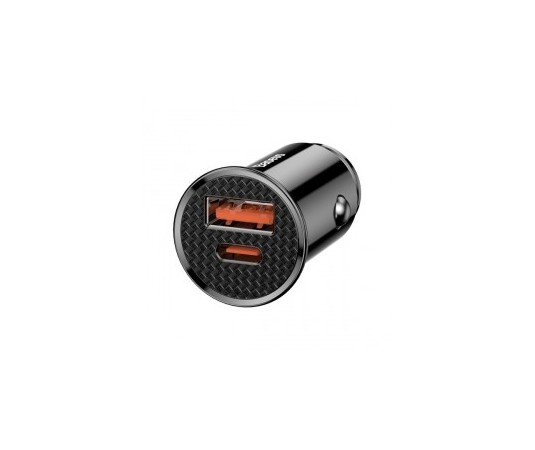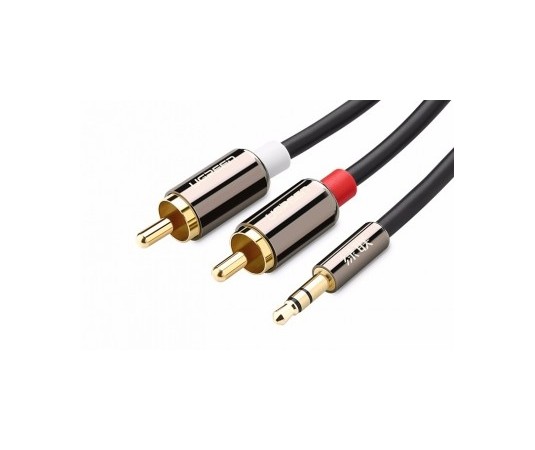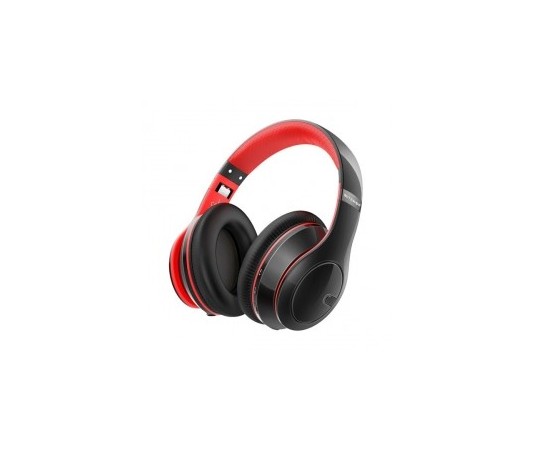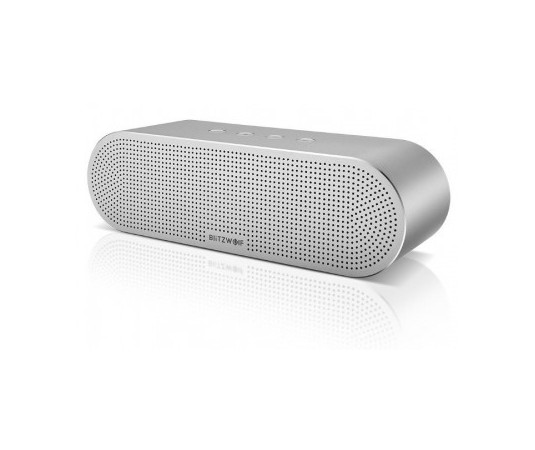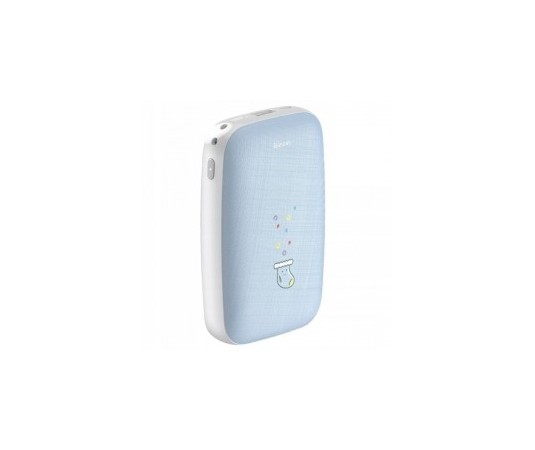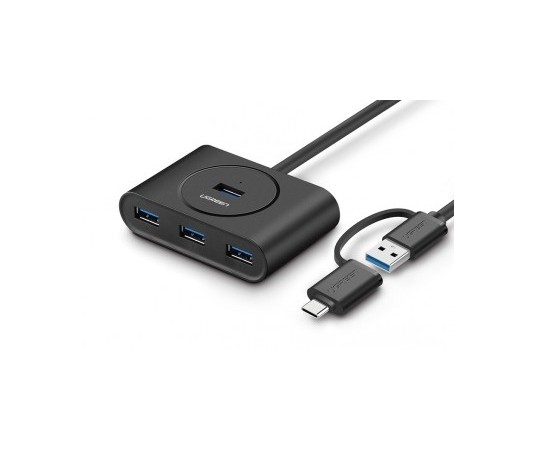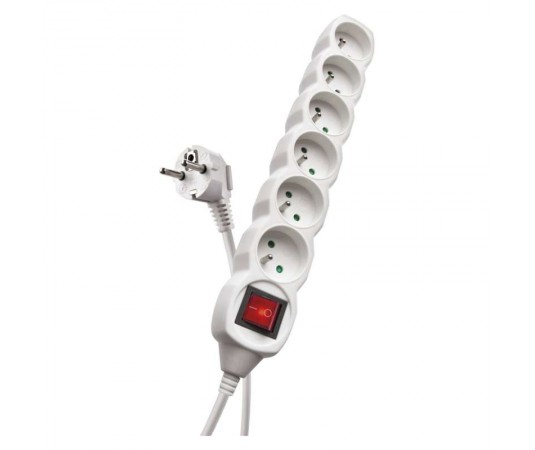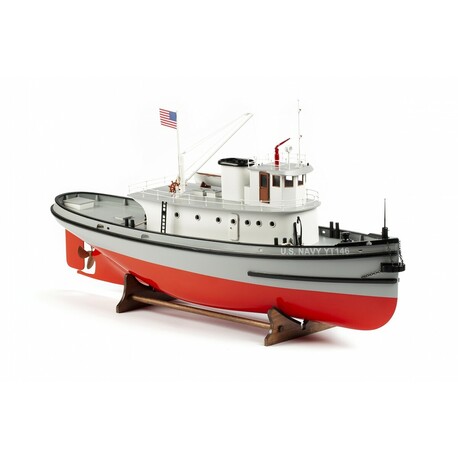Hoga Tug from Pearl Harbor 1:50

Express delivery

Large selection of carriers

Satisfaction guarantee
Billing Boats
In the early 1950s, Danish architect and former RAF war pilot Ejnar Billing exhibited a self-made model of a fishing boat in a shop window of his wife's hobby shop. After the photo of the model appeared in one magazine, orders to build dozens of pieces of the same model overwhelmed Mr. Billing. Since it was not in his power to cope with such a quantity, he thought that the boat would offer as a kit - the first mass-produced kit with a wooden frame with keel, ribs and a planked shell to imitate the construction of real ships as much as possible. This way of construction quickly took over and Mr. Billing's models began to conquer the world. In 1958, a family company was created, bearing the name Billing Boats to this day. Over the years, the design of the models has been refined and modernized, the use of plastic hull moldings was introduced in the 1960s, CNC machines came in, and by the turn of the 1980s and 1990s, Billing Boats had begun to use laser cutting. Today, the third generation of Billing is in charge of the company and floating RC models and non-floating table mock-ups are still at the forefront of marine modeling.
We are delighted to offer you a series of Billing Boats, from which you can build magnificent, detailed sluggish mock-ups and create a stylish addition to your apartment's interior with the saltwater scent and call of distances.
Tug Hoga Pearl Harbor 1:50
The Woban-class YT-146 tugboat / fireboat launched at the end of 1940 was baptized by the name of Hoga ("fish" in Sioux). The US Navy entered service in mid-1941; Later, she moved from her native Norfolk, Virginia, through the Panama Canal to Pearl Harbor, Hawaii. From the very beginning of the Japanese attack on December 7, 1941, she helped wherever it was needed. Hoga dragged the Vestal workshop ship originally tied to the side of the Arizona battleship when it was threatened by a burning fuel bursting from the deadly wounded Arizona. Assisted in the rescue work on the heavily damaged Oglala minesweeper, she helped settle the sinking battleship Nevada safely aground. After a few hours, Hoga fired fires on the battleships of Maryland and Tennesse; Later that afternoon she moved to the Arizona battleship, where she remained until 9 December. The continuous 72-hour deployment was officially acknowledged - Commander-in-Chief of the Pacific Fleet, Admiral Chester Nimitz, commended the commanding officer and the entire crew in his orders. After World War II, the Navy borrowed Hogu for service as a fire ship in Oakland, California. Under the name of Port of Oakland and later City of Oakland, the ship remained here until 1989, when it returned to the US Navy. After the reconstruction in 2015, it docked in Little Rock on the Arkansas River as part of the Arkansas Inland Maritime Museum. Along with another museum ship, the USCGC Tanney Cutter anchored in Baltimore, remains the last of all warships present to attack Pearl Harbor.
Hoga has a hull of a classic wooden construction made of laser-carved parts with a planked plating, a wooden deck and a superstructure. The kit contains all the wooden and plastic parts needed to complete the model, scale accessories (eg position lights, anchor, propeller, etc.).
| Scale | 1:50 |
| Length [mm] | 620 |
| Width [mm] | 155 |
| Height [mm] | 310 |
| Building demands | S2 |


